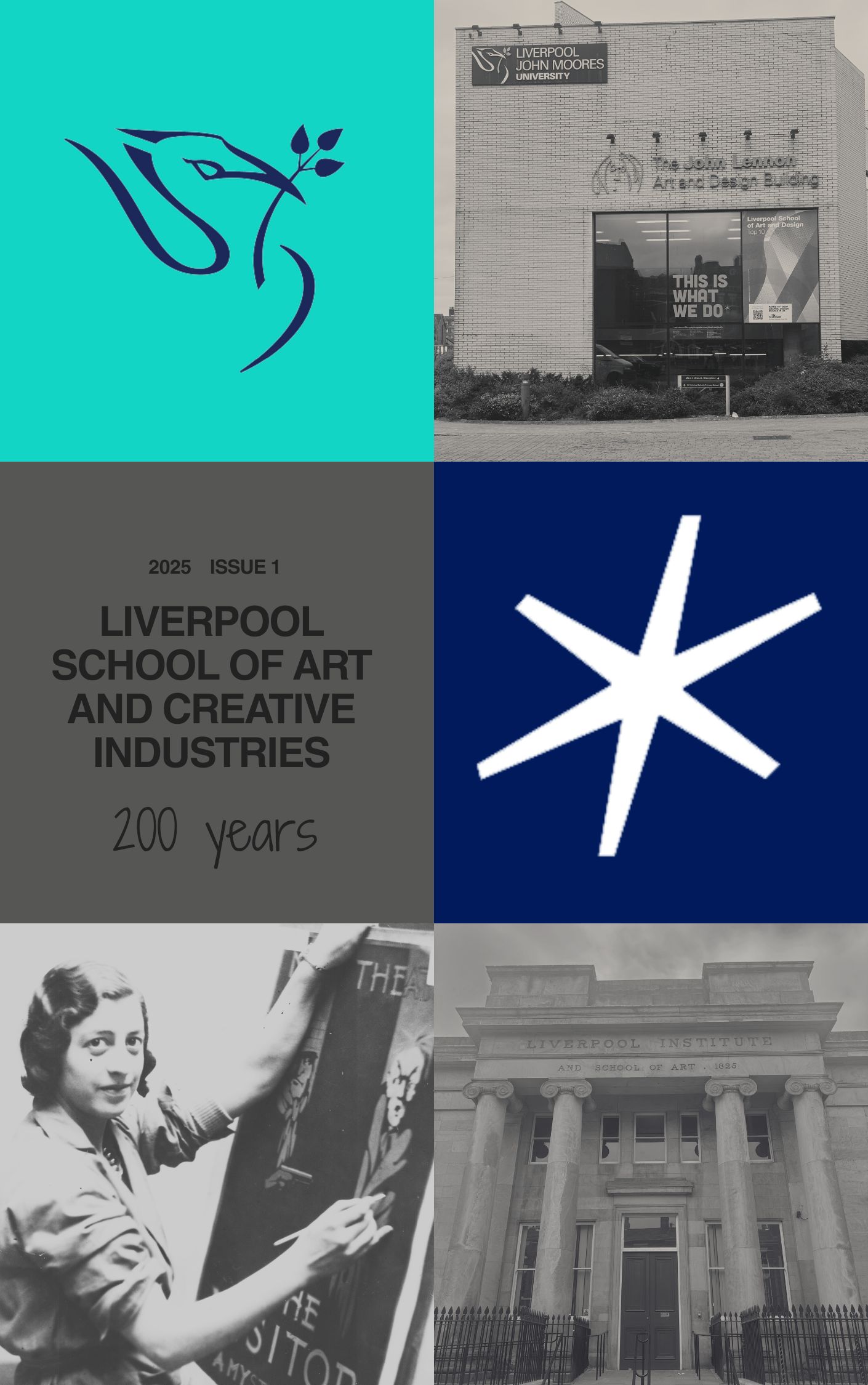How has the transformation of art dismantled Kant’s theory of objectivity in favour of viewer subjectivity, contextual interpretation, and the collapse of traditional aesthetic values?
DOI:
https://doi.org/10.24377/LSACI.article3153Keywords:
Immanuel Kant, aesthetic theory, disinterested judgement, formal analysis, subjectivity, objectivity, Clement Greenberg, Modernism, Dadaism, Marcel Duchamp, Félix González-Torres, Roland Barthes, semiotics, Frank Stella, popular culture, interpretation, contemporaryAbstract
This paper explores the transformation of Immanuel Kant’s aesthetic theory in response to modernist and contemporary attitudes towards art. Kant’s notion of impartial beauty and universal preconceptions is contrasted with later critiques emphasising context, viewer interpretation, and cultural dynamics. In Critique of Judgement (1790), Kant asserts that true aesthetic judgments are independent of personal taste and environment. However, modern and contemporary critiques, from Clement Greenberg (1982) and Marcel Duchamp (Fountain, 1917), contend this, arguing that the meaning of an artwork is shaped by context and individual perception. This study investigates Kant’s concept of ‘disinterested judgement’ and its influence on formal analysis, highlighting how artists like Duchamp and Frank Stella (Black Paintings, 1958-1960) reject traditional aesthetic values. Additionally, the participatory nature of work by Félix González-Torres (Untitled [Portrait of Ross in L.A.], 1991) is assessed, where viewer engagement is integral to meaning. Roland Barthes’ Rhetoric of the Image (1964) and the recontextualising of the crucifix in pop culture illustrate how evolving cultural contexts influence interpretation. Findings suggest that while Kant’s theory laid the foundation for formal analysis, art is increasingly subjective and viewer oriented. This paper invites greater investigation into how art’s judgement has shifted from objective standards to an interactive dialogue between the artwork, artist, and audience.
Downloads
Published
Issue
Section
License

This work is licensed under a Creative Commons Attribution 4.0 International License.
The copyright of content is retained by the author(s). Please check the specific licence for this item. The majority of the content in this journal is published under a Creative Commons Attribution Licence. Artworks are published under a Creative Commons Attribution-NonCommercial-NoDerivatives 4.0 International Licence. These licences allow others to read, download, copy, distribute, print, search, or link to the full text of works in this journal, or to use them for any other lawful purpose in accordance with the licence.
This journal provides immediate open access to its content and has no submission or publication fees.


